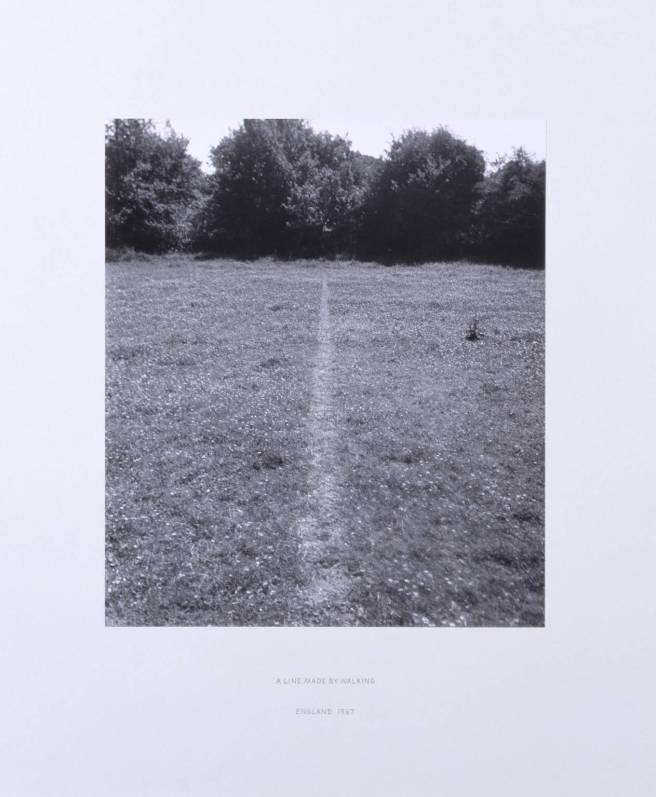I have since contacted my tutor regarding my ideas for Assignment 5 as outlined in the post: Development of Assignment 5 – Documentary
To recap my ideas were varied and strongly conceptualised without having much to back them up. They consisted of: a parody on tourists where I acted the role of a spoof tourist, first-person perspective through the viewfinder of a smartphone (captured with the outer framing of my DSLR), photographing my local area from the standpoint of a tourist and lastly highlighting the repetitive nature of tourist activity in the hotspots they frequent. I posed the following questions to my tutor:
Me: Could you offer an opinion on whether parodies are usually hard to pull off and if you think applying a crude strategy for photographing the tourists or in mimicry of tourists works?
My tutor responded quite succinctly with the following comments:
Tutor: I would say, don’t over conceptualise, start to shoot it because the process of working is the best place for new ideas to form. Don’t try to stick to the original plan, for me that’s not art, it’s conformity. Go for subtlety over crudity every time. Parody of course is great, and it often appears in the edit, Parr’s work can be very subtle in this respect, sometimes so subtle its not there at all! The first person can also be ‘authored’, it doesn’t have to be subjective.
I listened to my tutor’s advice and started shooting but also I responded back to let him know how it was developing. Since I had been to visit Simon Roberts’ exhibition Merrie Albion on 10/3/2018, I had become aware of the act of performance in the landscape. I had begun wondering whether it was possible to do this with the subject of tourism but with an aesthetic style distinct from Roberts’s work. I was also influenced by a fellow student’s post on Richard Long’s art A Line made by Walking (1964) which I mentioned also. I was interested in this post because of the performance aspect of Long’s work with the photograph being used as a way to record it ( and incidentally the only record left of it):

Me: Thanks that did help a lot and I have since started shooting photographs. One plan I’ve come up with after shooting and reading up about artists and photography as well is now my Plan A although I have another Plan B in case is as follows: My current plan is to be a more active kind of performer in the photo by interacting with the tourists at the hotspots. I’ve tried the idea out (once) and it works in my opinion. I firstly take a self-portrait, then wander around talking to different tourists with the camera set on an intervalometer (with the exact same framing as the self-portrait), asking them if I can photograph them. Finally if they say yes I take their portrait in the same position as where I took the initial self-portrait (and with the same framing). I’m then left with a triptych of photos for each of the five tourist hotspots I will visit. It was influenced by a fellow student’s post on Richard Long’s A Line Made by Walking (1964), where Long’s trace of his performance is left on the photograph, whereas mine is ‘in’ the photograph(s). The problems I’m experiencing is a lot of the tourists or passers-by say no and it affects my confidence and the rainy weather a bit. However, I feel it is worth persisting and I have attached a series of photographs from one location so you can see how I’m getting on.
The alignment in position of myself in the self-portrait and the portrait of the tourist is not very good so I’ll make sure it is better in the future. For now I like this concept and I will try it out more while I would look forward to your response hearing whether you think this functions well as a documentary concept. The documentary aspect of it is that it is a series of documents of a scene with the same framing. However, because of my interventions within the scene, an effect (the portrait) is caused and this is also evident within the photographic triptych. For me this shows a kind of behind the scenes in front of the camera and intersects the viewer’s usual gaze. For the second part of the triptych (me interacting with the tourists section), I was thinking of either choosing the best photograph or scaling down the photographs for this section and putting them into a grid the same size as the other two photographs for the triptych. My Plan B is to take photographs of tourists and the way they behave but with a more snapshot aesthetic, mirroring their style of photography and gaze on the places they visit.
References:
Davies, B. (2018). Research: Forest, Field & Sky – Art out of Nature. [online] Available at: https://bryn515919.wordpress.com/2018/03/08/research-forest-field-sky-art-out-of-nature/ [Accessed 30/4/2018].
Simon Roberts – Merrie Albion – Landscape Studies of a Small Island [Exhibition] 19 Jan – 10 Mar 2018. Flowers Gallery, London Kingsland Road.









